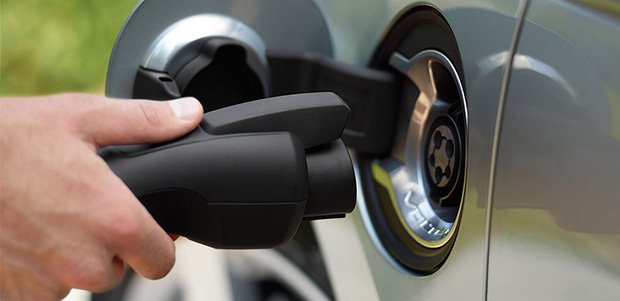UK Scientists Create Battery that May Dramatically Boost Range of EVs

Researchers at the University of Cambridge announced the creation of a lithium oxygen battery prototype that overcomes many of the barriers that have held back the development of this technology including power, price and size.
The scientists say the energy density - a measure of energy stored for a given weight -in lithium oxygen batteries, also called lithium air batteries, could be 10 times that of lithium ion batteries, approaching that of gasoline. This could allow EVs to travel many hundreds of kilometers between charging.
The researchers say that the new batteries may also be a fifth of the cost and a fifth of the weight of current lithium ion batteries, both factors that have been a major problem in the development of EVs.
Clare Grey, a Cambridge professor of materials chemistry who led the research, called the project "a step towards a practical battery, albeit with many hurdles ahead."
The researchers said it could be more than a decade before a practical lithium oxygen battery is ready, in part because the battery's ability to charge and discharge is currently too low. Grey said it is too early to gauge lithium oxygen battery range limits in vehicles.
In contrast to other lithium oxide battery research, the Cambridge prototype uses lithium hydroxide rather than lithium peroxide in its construction and an electrode made of graphene, a form of carbon. The result is a more stable and efficient battery, researchers say, that can be recharged more than 2,000 times and currently achieves an efficiency rate of about 93 percent.
Sales of battery-powered cars currently powered by lithium ion batteries have been slow to take off due to cost, and above all, range anxiety. Models such as the Nissan Leaf have a range of about 250 kilometers (150 miles) between charges.
Nouvelles connexes


